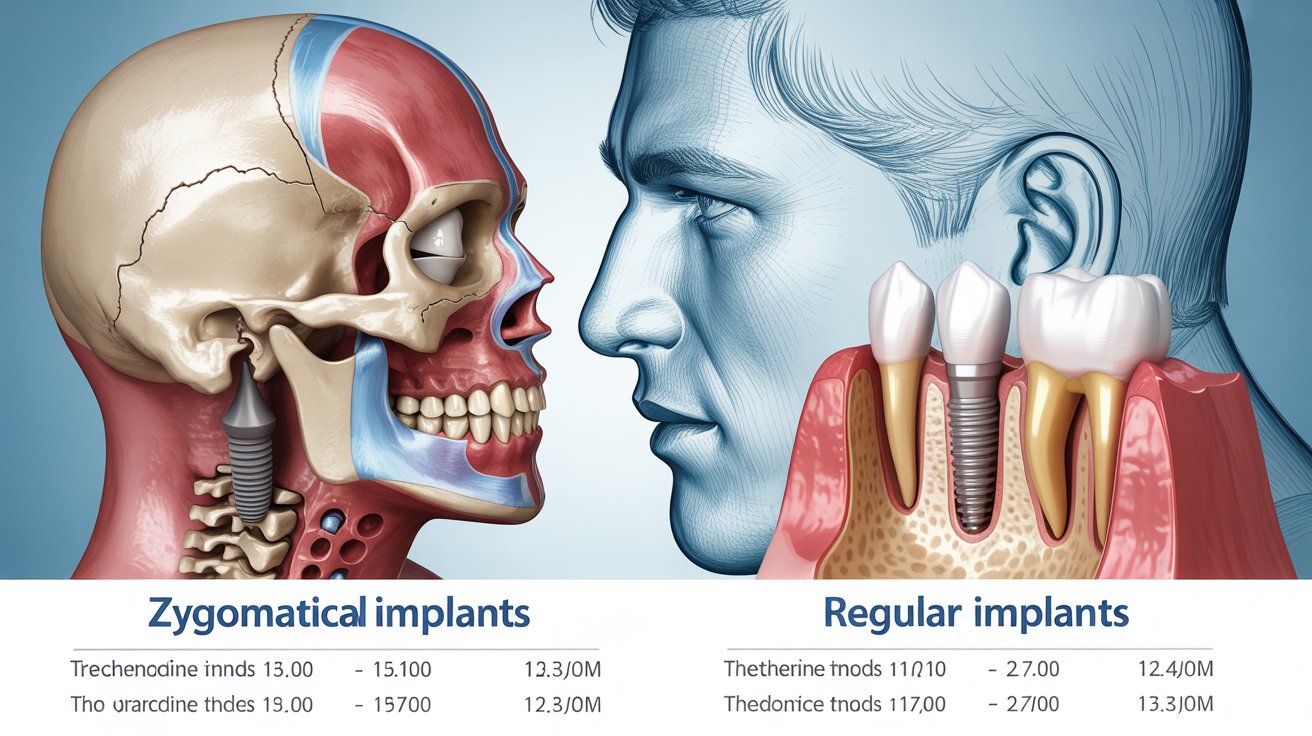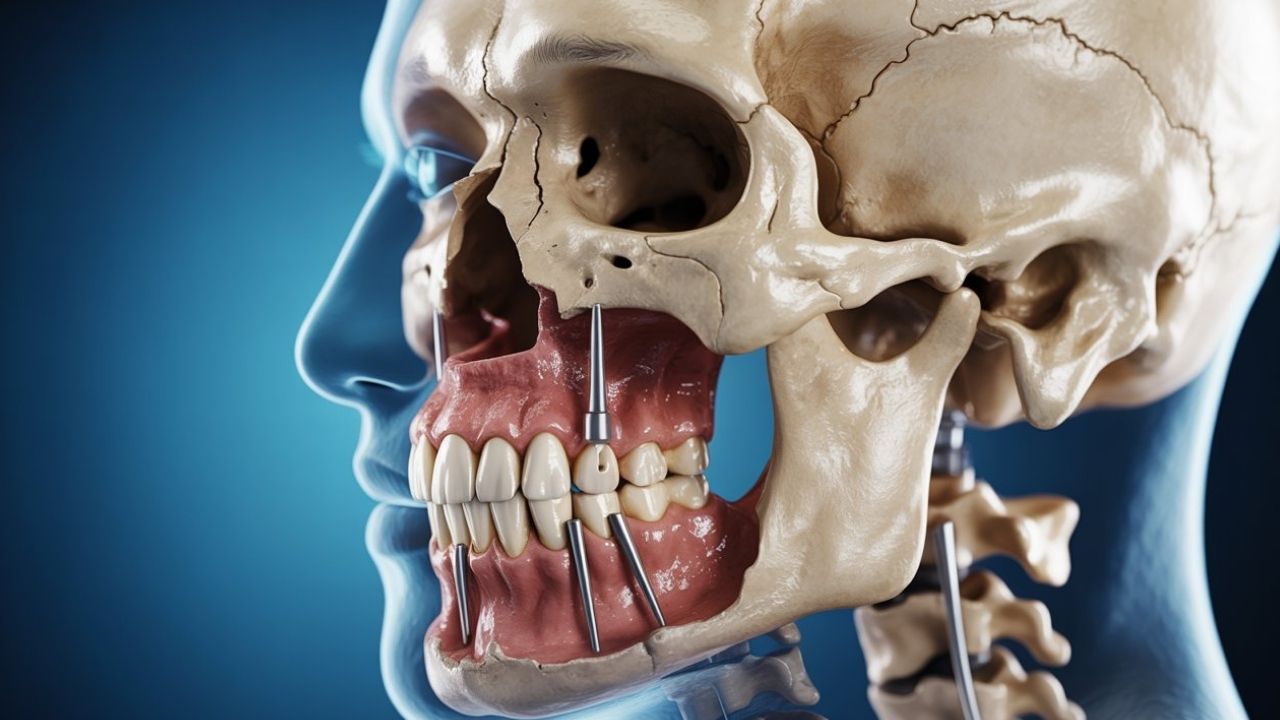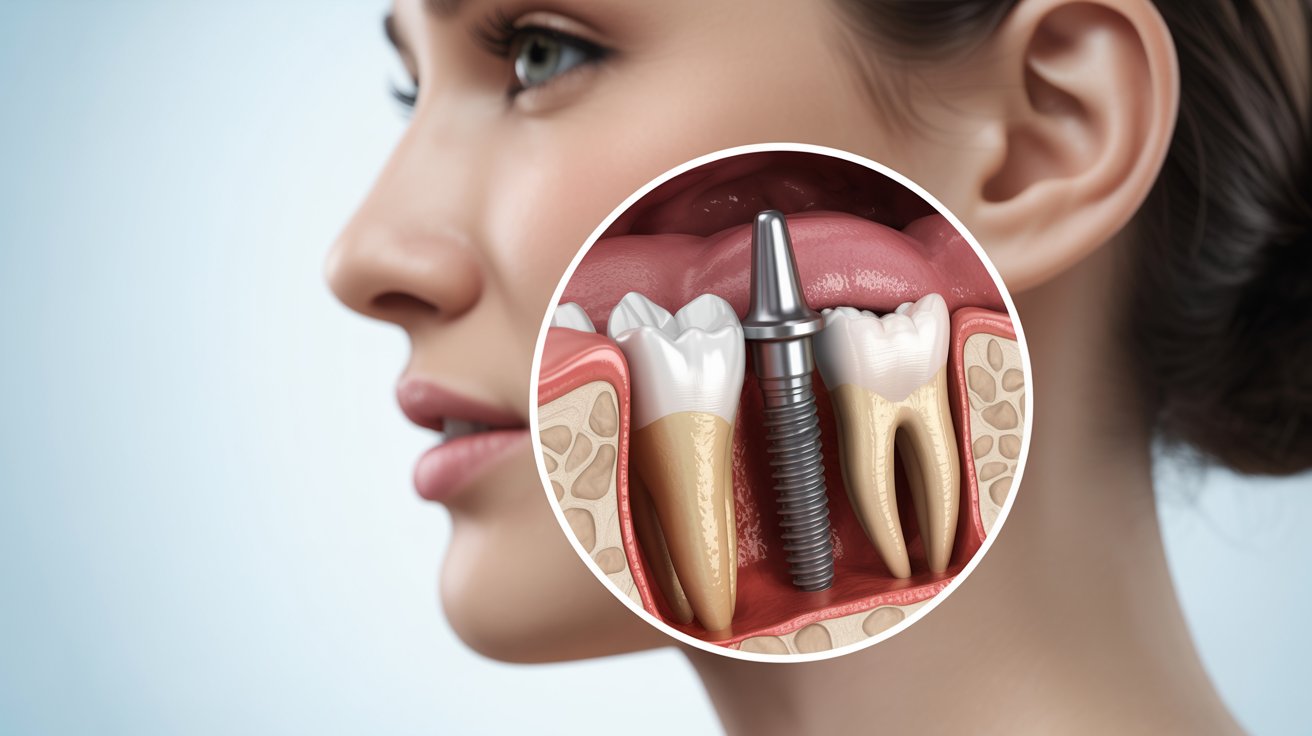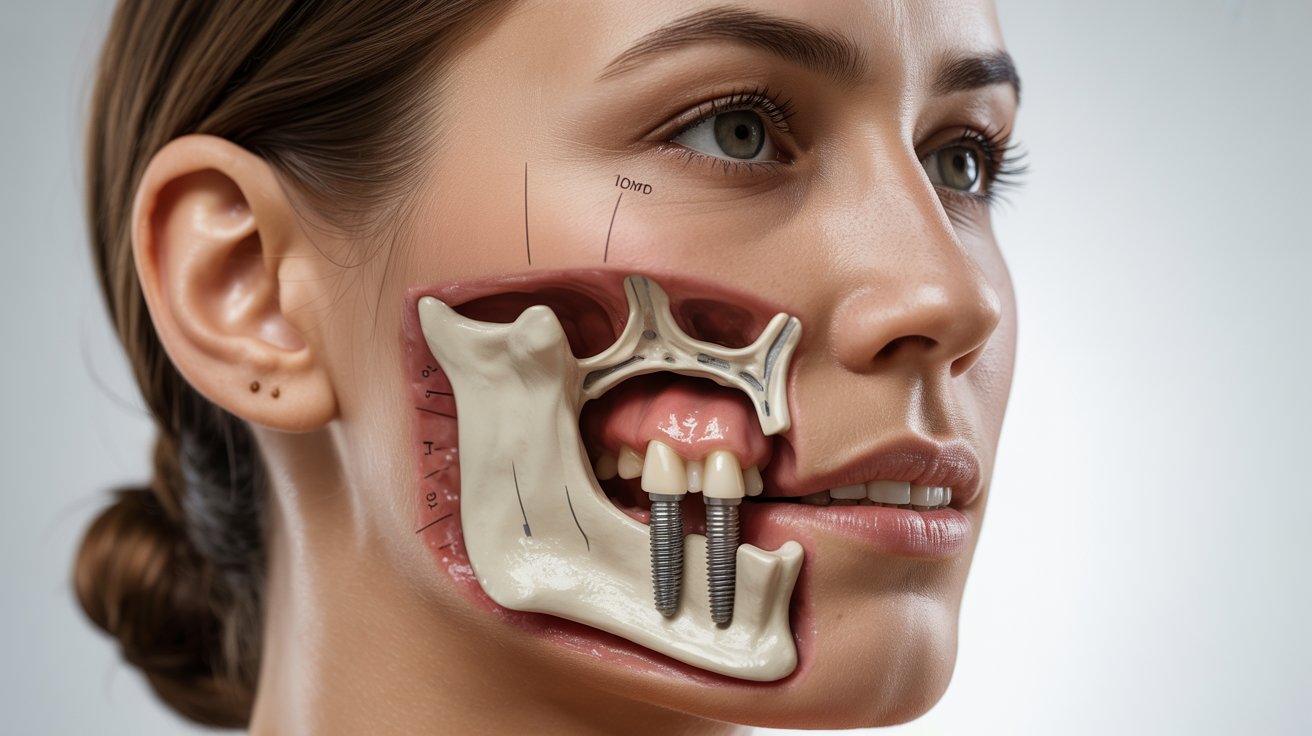Discover why zygomatic implants more expensive than regular implants, how much they are globally, and when they might be the better long-term value. Zygomatic implants are usually more expensive than standard (conventional) implants, mainly due to surgical complexity, longer specialized implants that anchor in the cheekbone, and the fact that many cases involve full-arch rehabilitation rather than a single tooth. However, for patients with severe upper-jaw bone loss, zygomatic protocols that avoid multiple bone-graft surgeries can sometimes be more cost-effective overall compared with traditional implants plus grafting.
Zygomatic vs. Traditional Implants: Are Zygomatic Implants More Expensive Than Regular Implants?
Traditional implants are placed into the jawbone and are ideal when you have adequate bone volume and density. When the upper jaw has resorbed (shrunk) substantially, conventional implants may first require sinus lifts or bone grafting, adding cost and time. Zygomatic implants are longer implants that engage the zygomatic bone (cheekbone)—a denser anchor—so clinicians can restore the upper arch even when the maxillary bone is too thin or soft for standard implants without major augmentation.
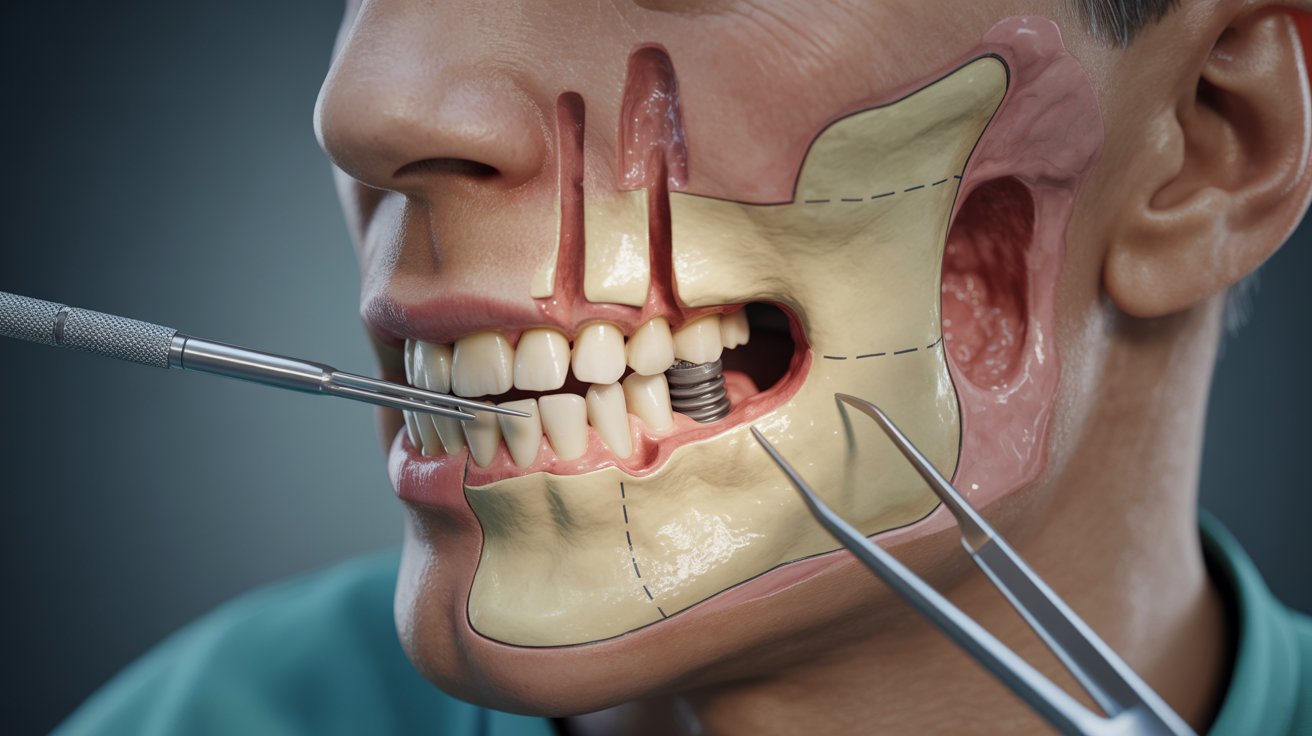
Are Zygomatic Implants More Expensive? Are Zygomatic Implants More Expensive Than Regular Implants?
In most markets, yes. Zygomatic implant therapy typically commands a higher fee than straightforward single-tooth or even multi-tooth conventional implants. Reasons include:
| Surgical complexity & time | Advanced 3D imaging, meticulous planning, and more demanding surgical maneuvers increase chair time and team expertise. |
| Specialized components | Longer, angled implants and abutments designed to reach the cheekbone are costlier than standard fixtures. |
| Case severity | Zygomatic candidates often present with severe bone loss and require comprehensive full-arch restoration, which includes provisional and final prostheses. |
That said, when a traditional path would require multiple grafts and staged surgeries, the zygomatic route can eliminate those steps—sometimes leveling overall cost and shortening treatment time.
Typical Price Ranges (By Region & Scenario)
Every case is unique, but the following published clinic ranges help set expectations. Always request a personalized plan and itemized quote.
| India (clinic example) | Indicative ranges from individual clinics suggest higher pricing vs. standard implants in the same city; full-arch cases priced substantially above single-tooth fees. | Standard implants locally can be a fraction of full-arch zygomatic rehabilitation when quoted per-tooth. | Full-arch zygomatic rehabilitation bundles surgery + provisional + final prosthesis; per-tooth comparisons can be misleading. |
| Turkey (Istanbul clinic example) | ~€4,500–€8,000 per arch (often inclusive of fixed bridge, consultation, and 3D imaging in package pricing). | “All-on-4” conventional implant packages can be lower per arch when adequate bone exists. | Medical-tourism packages may bundle travel-friendly timelines and aftercare plans—verify inclusions. |
| United Kingdom (private clinics) | ~£12,000–£20,000 per arch in many private settings for zygomatic solutions. | Conventional All-on-X can be less where grafting is not required. | Fees vary widely with surgeon seniority, lab partner, and prosthetic materials. |
| United States (private clinics) | Commonly in the tens of thousands of USD per arch for zygomatic full-arch therapy. | Single implants are far cheaper on a per-tooth basis, but not equivalent to a full-arch solution. | Insurance coverage is limited; third-party financing is common for full-arch cases. |
Because zygomatic cases usually involve full-arch restoration, compare them against full-arch conventional plans (including any bone grafts and sinus lifts), not against the price of a single standard implant.
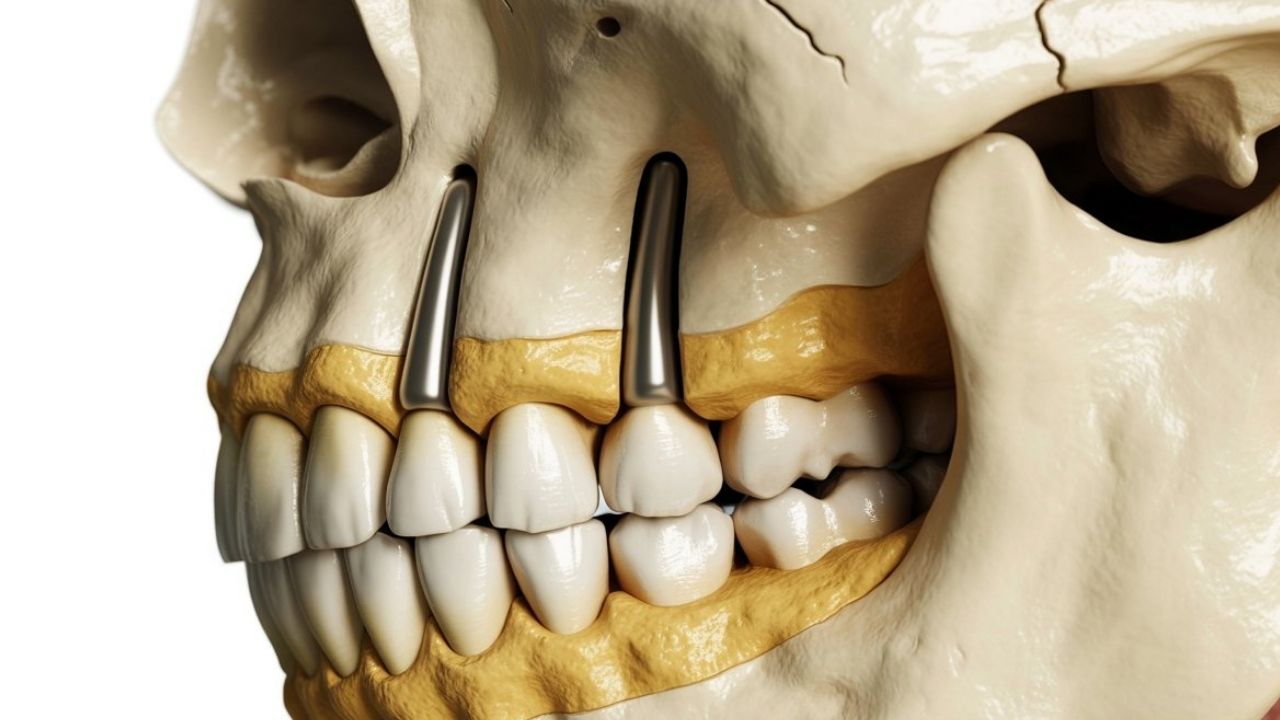
Why are Zygomatic Implants More Expensive Than Regular Implants?
This is one of the most common questions patients ask when exploring advanced dental restoration options. The short answer is yes—zygomatic implants usually cost more than conventional ones. However, their higher price reflects their complexity, specialized design, and the expertise required for placement rather than simple overpricing.
Unlike standard implants that rely on jawbone density, zygomatic implants anchor securely into the cheekbone, allowing patients with severe bone loss to restore their smiles without extensive bone grafting. In many cases, this approach can actually save time, reduce the number of surgeries, and offer a long-term cost advantage despite the higher initial fee.
1) Surgical Complexity & Expertise
Zygomatic placement requires advanced imaging (CBCT), careful mapping of sinus and zygomatic anatomy, and a surgeon experienced with long, angled trajectories to the cheekbone. This specialized skillset and longer operating time contribute to higher fees.
2) Specialized Implants & Components
Zygomatic fixtures are longer and often require custom or premium components and multi-unit abutments engineered for full-arch alignment. These devices cost more than typical endosteal implants.
3) Full-Arch Prosthetics
Most zygomatic candidates restore an entire upper arch. That means provisional “teeth-in-a-day” plus a high-end final bridge (often titanium-reinforced zirconia or similar), lab design time, and multiple verification visits.
4) Fewer Grafts—But Not Always Cheaper
A key benefit of the zygomatic protocol is bypassing extensive grafting. While that can save on separate graft fees and months of visits, the premium for the advanced surgery and prosthetics can still net out higher than straightforward conventional implants in patients with adequate bone.
When Zygomatic Implants Can Be Cost-Effective
Zygomatic therapy may offer better overall value when a traditional plan would require multiple staged procedures—bilateral sinus lifts, large grafts, delayed loading, and many appointments. By anchoring in the cheekbone, clinicians can often provide immediate-load provisional teeth, condensing the timeline and sometimes the total spend compared with multi-stage graft-and-implant pathways.
How to Compare Quotes Fairly
| Match scope | Compare full-arch plans to full-arch plans. A quote for one single implant isn’t comparable to a zygomatic full-arch solution. |
| Check inclusions | Does the fee include extractions, sedation/anesthesia, provisional and final bridge, follow-ups, and repairs? |
| Verify materials | What’s the final bridge made of (e.g., monolithic zirconia with titanium bar vs. hybrid acrylic)? |
| Timeline & visits | Immediate load vs. delayed? How many trips, how long between phases? |
| Surgeon experience | Ask about the team’s zygomatic case volume and complication management. |
Frequently Asked Questions (Are Zygomatic Implants More Expensive Than Regular Implants)
When considering full-arch dental restoration, patients often wonder about the difference in cost between zygomatic and traditional implants. Below, we answer the most frequently asked questions about why zygomatic implants are more expensive than traditional implants, what influences their price, and whether the investment is worth it in the long term. These insights can help you understand the real value behind zygomatic implant treatment and make an informed decision before starting your smile restoration journey.
Are zygomatic implants always the most expensive option?
They are usually pricier than straightforward conventional implants placed in healthy bone. But if standard implants require significant grafting and months of staged care, a zygomatic plan that avoids grafts can be competitive—or occasionally less expensive overall.
What’s included in a “per arch” price? Are Zygomatic Implants More Expensive Than Regular Implants?
Per-arch packages often include consultation, imaging, surgical placement of zygomatic (and companion) implants, immediate provisional teeth, and the final full-arch prosthesis. Confirm exact inclusions and warranty terms with your clinic.
Do zygomatic implants hurt more?
The procedure is performed under anesthesia. Post-operative discomfort varies but is typically manageable with medications and short-term dietary adjustments. Recovery specifics depend on your case and clinic protocol.
How long do zygomatic implants last?
With proper planning, placement, and maintenance, long-term success rates are high and comparable to conventional implants. Longevity also depends on bite forces, hygiene, and regular follow-ups.
Is treatment abroad cheaper?
Often, yes—especially in countries with package pricing and lower overhead. Compare surgeon credentials, case volume, lab quality, aftercare logistics, and what happens if you need adjustments months later.
